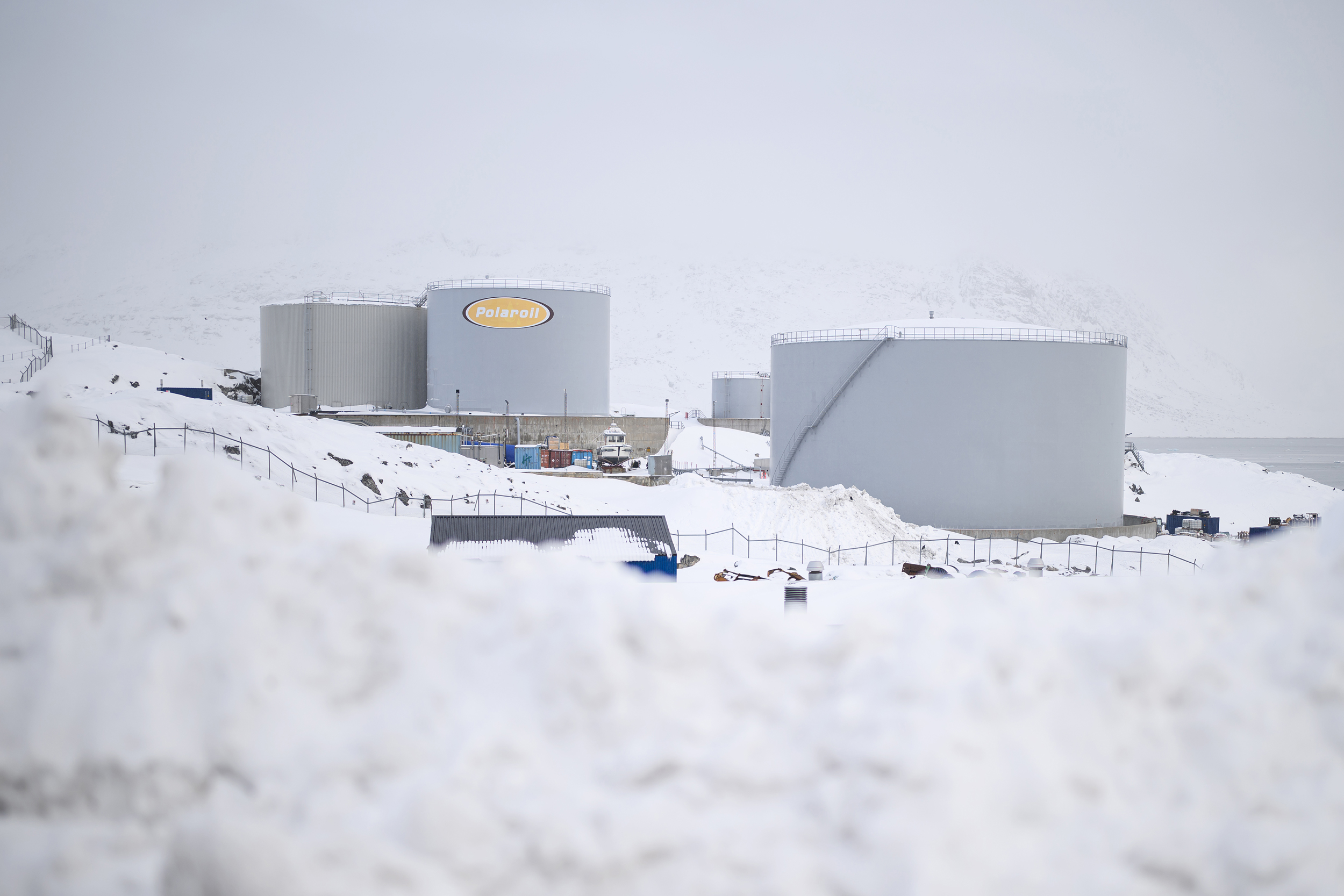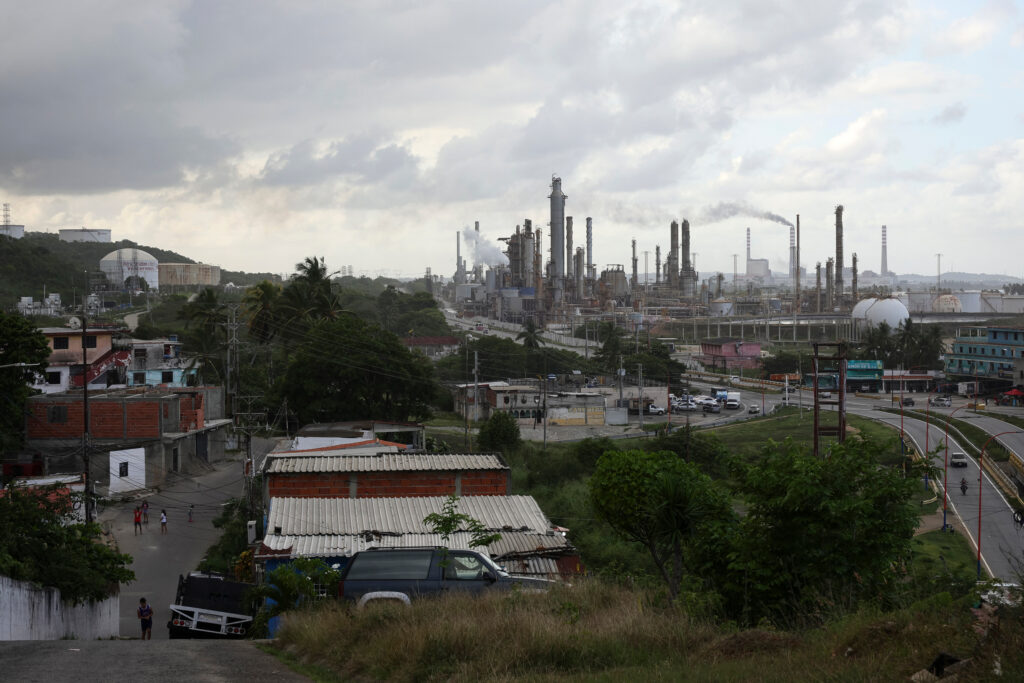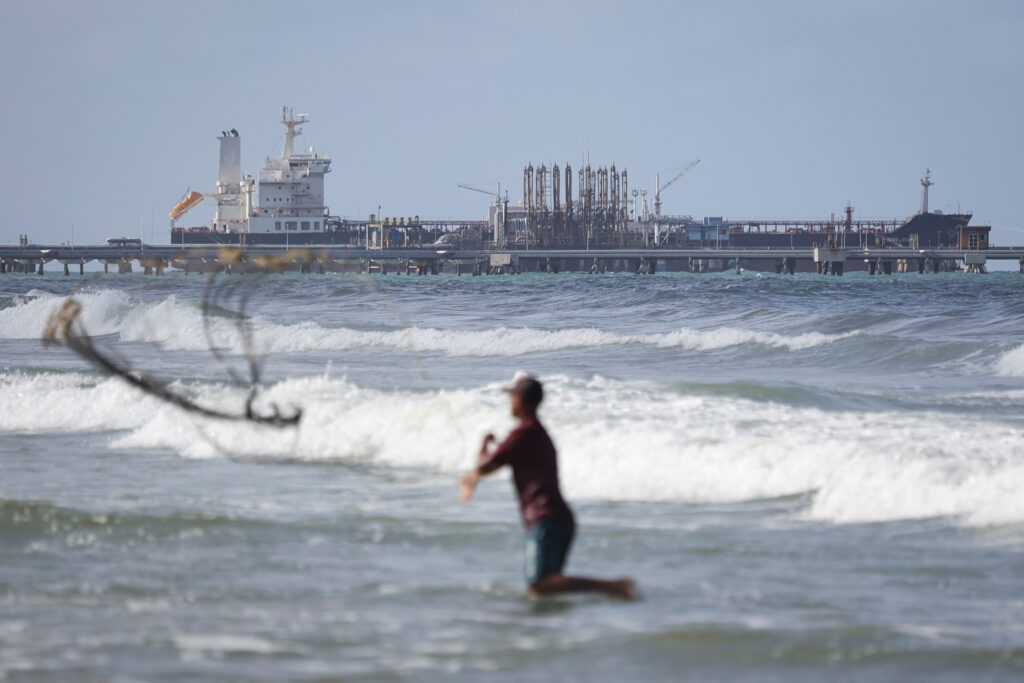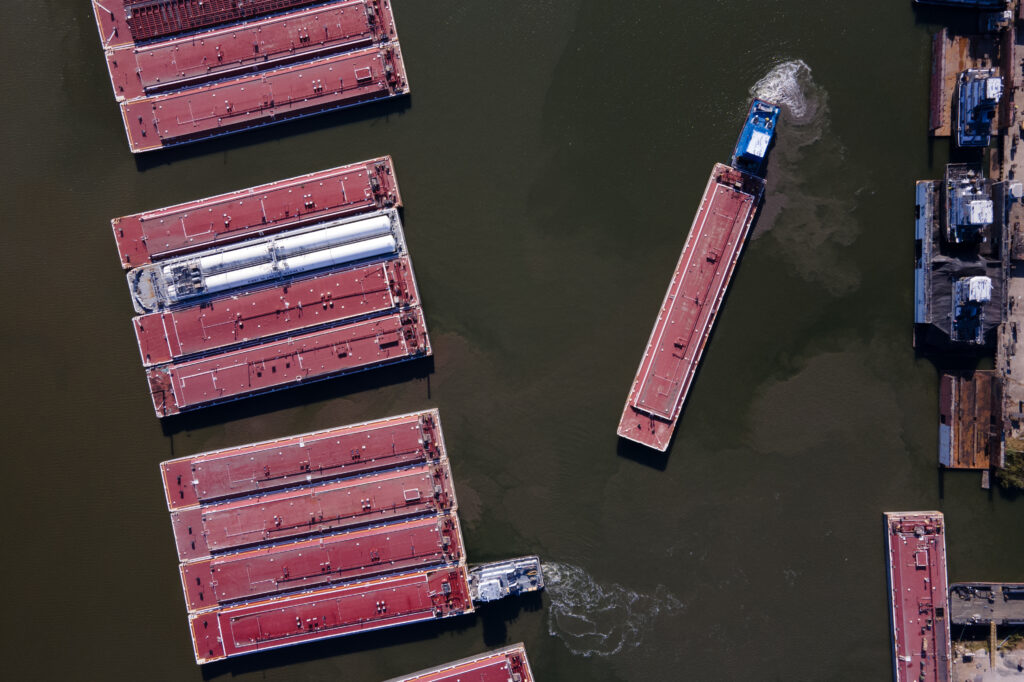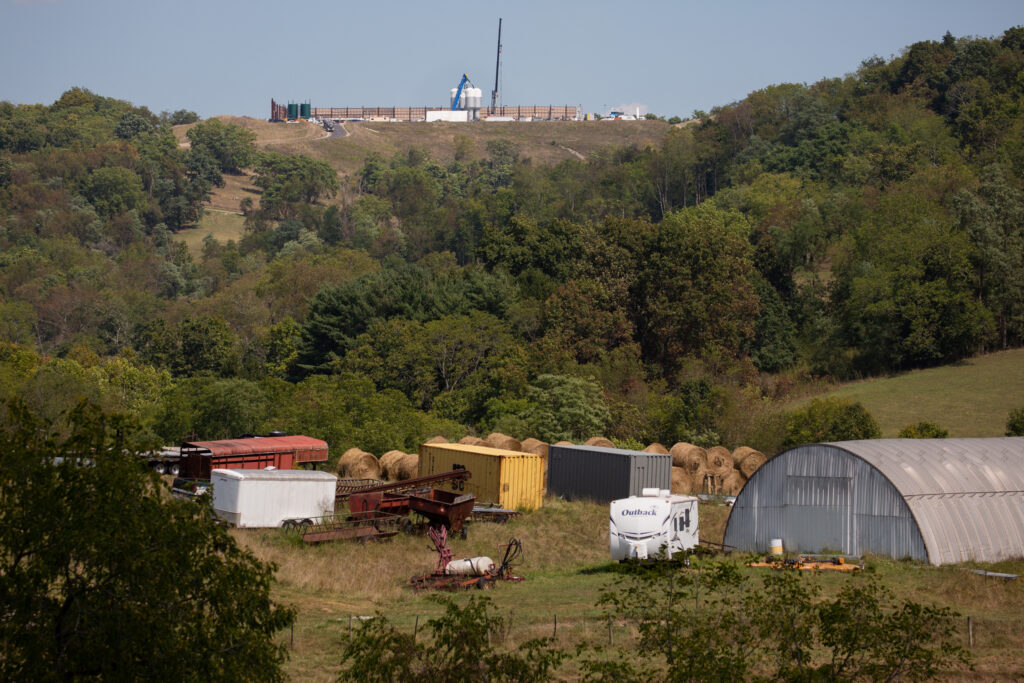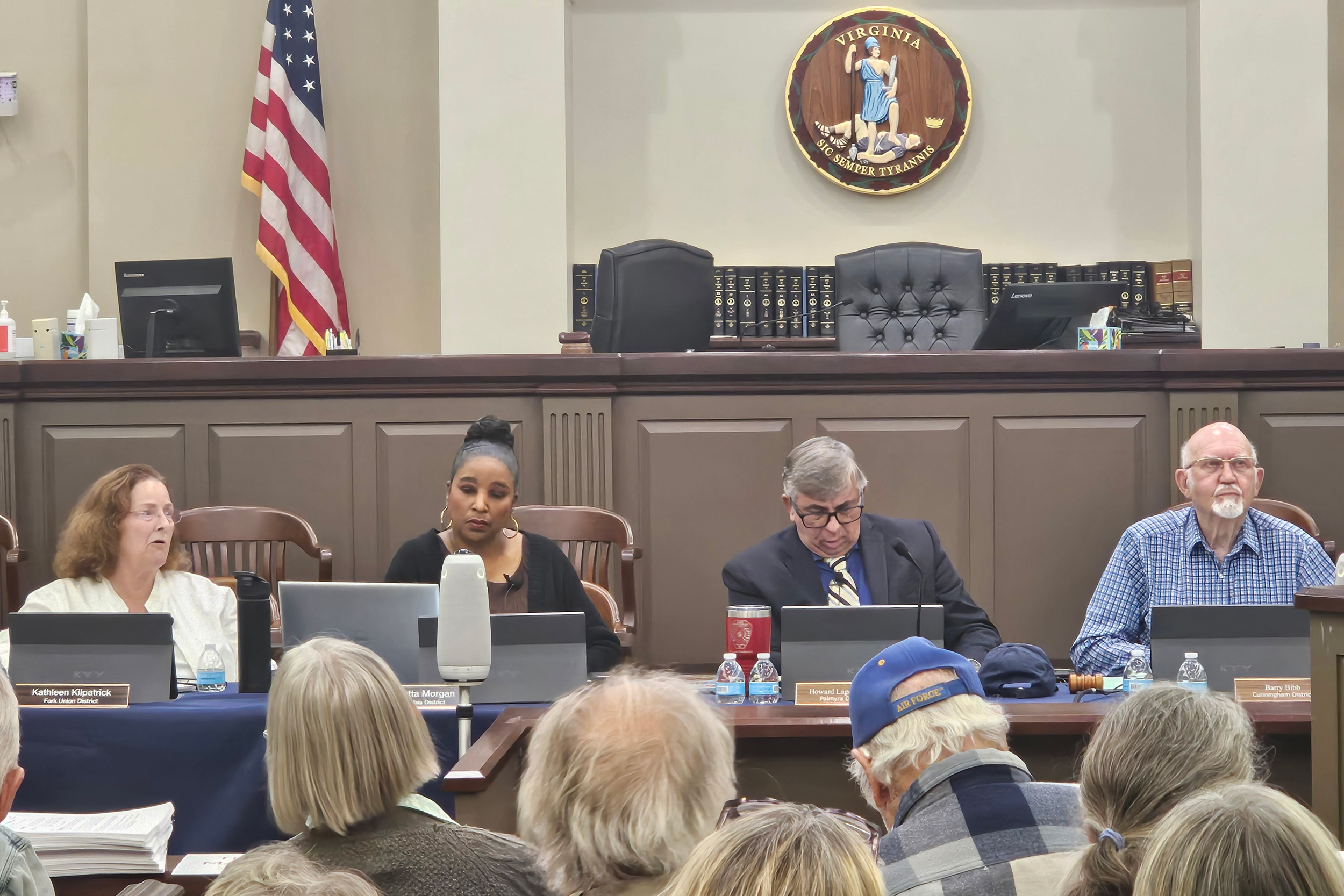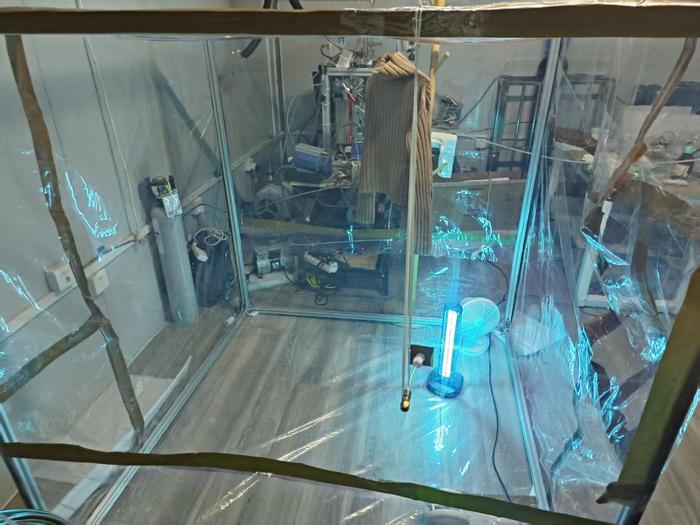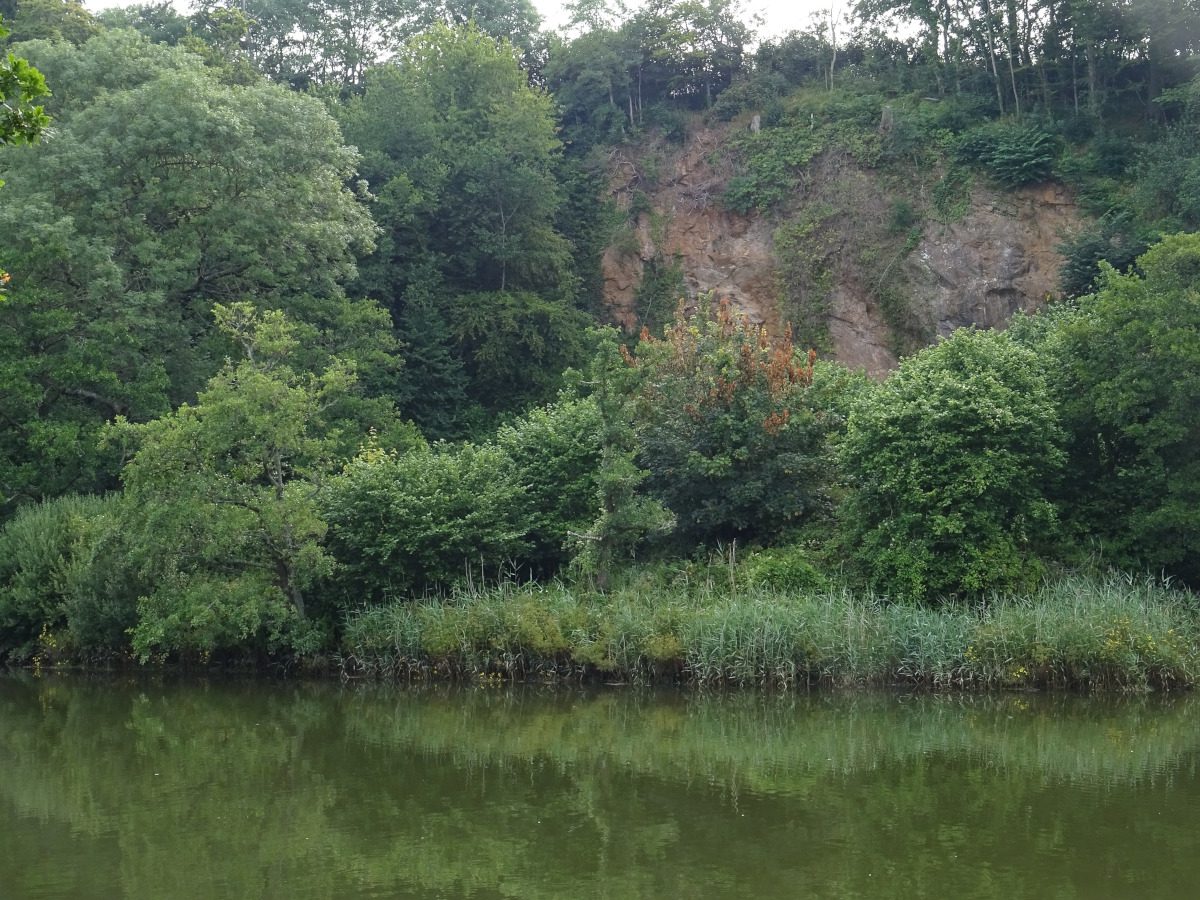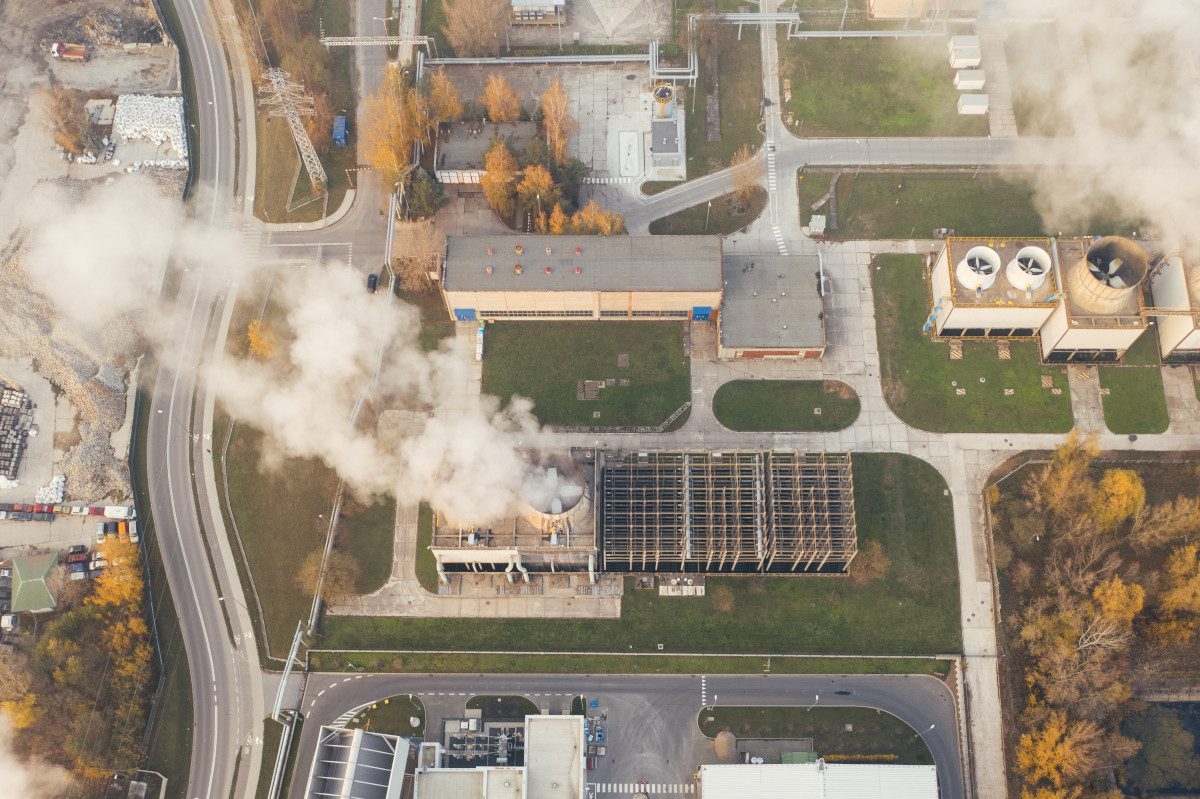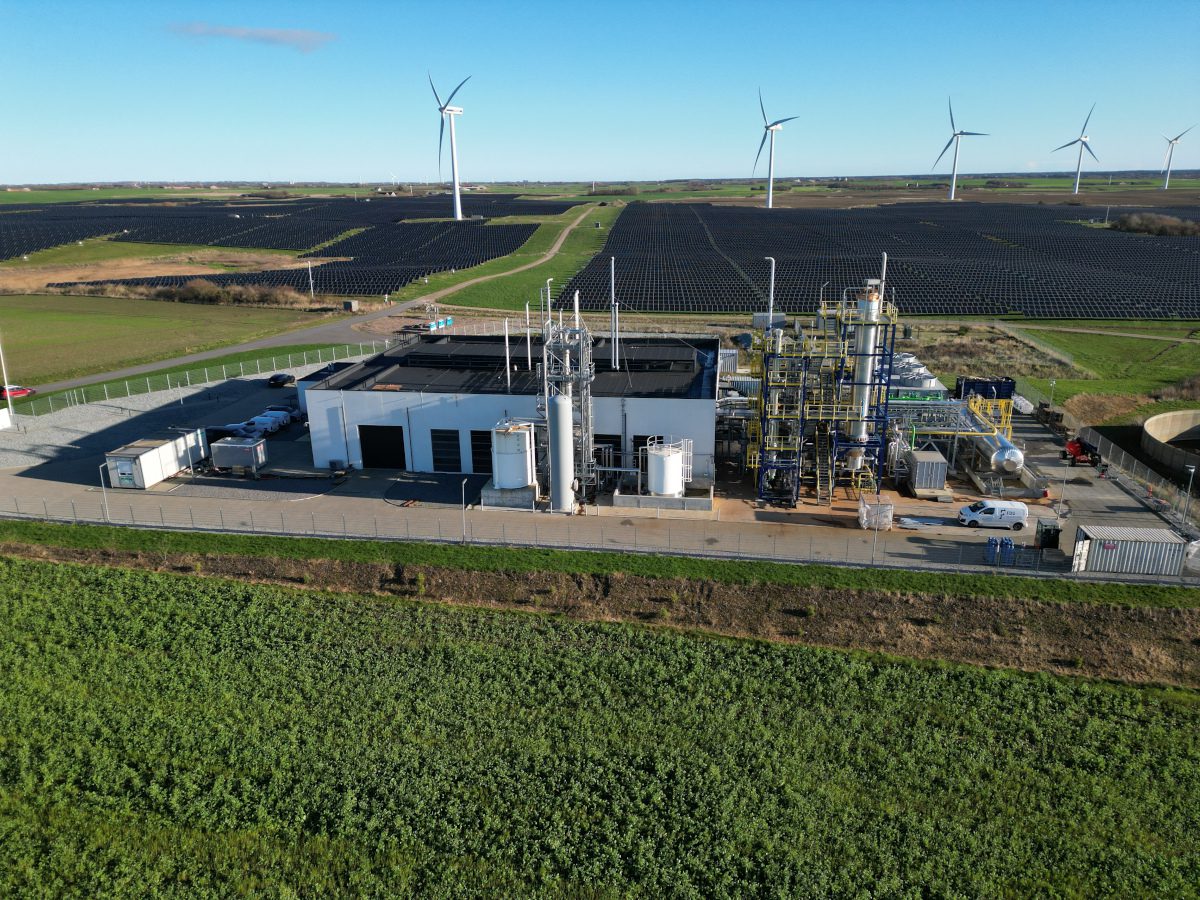New York State lawmakers voted Wednesday to pass a bill prohibiting carbon dioxide fracking, expanding the state’s decade-old fracking ban.
The bill—which amends the existing environmental conservation law—was introduced in January and passed the state Assembly earlier this month by a margin of 98-50. On Wednesday, the bill passed the state Senate by a 46-16 vote and it now awaits the signature of Governor Kathy Hochul.
“Injecting incredibly dangerous concentrated CO2 into the ground and hoping to never have to think about it again is like a kid saying they’ve cleaned their room by shoving it all under the bed,” said Democratic state Sen. Liz Krueger, a co-sponsor of the bill, in a statement. “We don’t need this ridiculous concept damaging our land, our water, and our people’s health and offering more false solutions to the greatest challenge of our time.”
The bill’s swift movement through the legislature was buoyed by fierce advocacy from many of the same organizations and activists who campaigned against fracking 10 years ago.
We’re hiring!
Please take a look at the new openings in our newsroom.
See jobs
Alex Beauchamp, Northeast Region director at the advocacy organization Food and Water Watch, was among the veteran anti-fracking activists who pushed to expand the ban. He said the new bill’s rapid progression is in part a testament to the strength of the original movement, which brought together legal and medical experts, environmental advocates, local community members and celebrities. The movement also attracted hoards of demonstrators to Albany and made a lasting impression on the state’s legislature.
“It was the single largest grassroots environmental thing that has happened in New York in at least 20 years,” Beauchamp said. “The legislators remember the halls of the [state] Capitol being filled over and over and over with anti-fracking activists.”
The bill received opposition from some Republican lawmakers, including Sen. Patrick Gallivan (R, C), the minority whip, who cited landowner rights and a need for further research.
“More information on the true environmental impact of using liquified carbon dioxide in the extraction of natural gas is needed,” said Gallivan, who voted against the bill, in an emailed statement. “The Legislature should not limit the rights of landowners without a thorough review of possible risks and benefits of the technology.”
The expanded ban comes after Southern Tier CO2 to Clean Energy Solutions LLC made waves with a proposal to drill wells in the Southern Tier—a subregion of Upstate New York—using liquid carbon dioxide instead of fracking fluids and water to fracture underground rock formations and release natural gas, which is largely methane. The company has a business address and registered agent in Texas, in addition to its official address in New York, and is owned by CO2 to Clean Energy Solutions, which is registered in Wyoming.
Southern Tier Solutions claims its proposal would be a more environmentally friendly way of fracking for natural gas while also sequestering carbon. But the proposal quickly sparked strong opposition from environmentalists, and the company has since gone silent. Southern Tier Solutions did not respond to a request for comment on the bill.
Southern Tier Solutions also said it plans to build new direct air capture facilities to sequester more carbon dioxide from the atmosphere, in addition to captured industrial emissions, for use in fracking.
Although proponents claim that CO2 fracking is a green alternative to hydraulic fracking and boast of the process’s potential to provide fossil fuels with net zero greenhouse gas emissions, opponents say it brings many of the same dangers and environmental hazards as traditional fracking and is, in some ways, even more dangerous.
“There are no risks that are removed by using waste CO2 instead of water, and then there are many additional risks that are added…because CO2 is a terrible poison,” said Sandra Steingraber, a biologist with the Science and Environmental Health Network and one of the leading anti-frack activists who pushed for the 2014 ban.
Acute exposure to high concentrations of carbon dioxide pose severe health risks, including respiratory distress and cardiovascular problems, headaches, loss of consciousness, poisoning and asphyxiation. Pipeline ruptures can cause respiratory illness, and injected CO2 has potential to contaminate groundwater. Some researchers have also found links between CO2 fracking and increased seismic activity.
“There is no dollar sign, no amount of money that can cover the cost of long term healthcare implications for these types of practices,” said Sen. Lea Webb, a Democrat who sponsored the bill and whose district is in the Southern Tier, before the vote.
In 2014, as the nation underwent a fracking boom, New York became one of the first states to ban hydraulic fracking, garnering widespread support from environmentalists and health advocates.
But Beauchamp said that at the time of the original fracking ban, no one was talking about carbon dioxide fracking. Southern Tier Solutions’ proposal is only the latest iteration of the oil and gas industry attempting to get around the state’s fracking ban, he said.
“I assume in the future, there will be some other novel way to try to get at the gas that we’ve successfully kept in the ground,” he said. “And hopefully, once again, the grassroots movement would come together and beat them back again.”
On its website, Southern Tier Solutions notes the Inflation Reduction Act’s carbon sequestration credits—valued at $180 per metric ton of permanently stored carbon for direct air capture facilities—that the company might receive, and critics have pointed out that big federal tax credits for carbon sequestration projects mean there’s a danger that money meant to incentivize climate solutions could instead go to oil and gas industry projects that prove harmful to the environment.
It’s incumbent on states to ensure that projects receiving federal credits are actually pursuing solutions, Beauchamp said.
“There’s so much money flying around and so little oversight, that I just have no confidence at all that the federal government will be able to ensure that the money goes to projects that actually lower greenhouse gas emissions,” he said.
This story is funded by readers like you.
Our nonprofit newsroom provides award-winning climate coverage free of charge and advertising. We rely on donations from readers like you to keep going. Please donate now to support our work.
Donate Now
Advocates said that the mobilization of actors working to expand the ban has felt like a reunion, bringing together many of the same groups and individual leaders who pushed for the original ban a decade ago. Now, advocates urge Hochul to sign the bill immediately instead of waiting until the end of the year, in order to cut off the ability of Southern Tier Solutions or other companies to file for fracking permits under the wire.
The bill’s supporters included national and statewide actors, as well as local organizations in the Southern Tier. Among the more than 90 organizations supporting the expanded ban are major players from the first anti-fracking fight like Frack Action, Food and Water Watch, Concerned Health Professionals of New York and Citizen Action of New York. Celebrity supporters of the campaign, including actor Mark Ruffalo and musician Natalie Merchant, also returned to advocate for the bill.
Steingraber said that the bill’s speedy passage is indicative of public progress in understanding the science of fossil fuels, health and climate change.
“It wasn’t a heavy lift this time around because we’re just in a different political space,” she said. “The climate crisis is more of a crisis now than ever, and we’re starting to really denormalize fossil fuels.”




